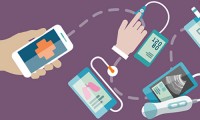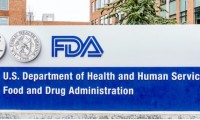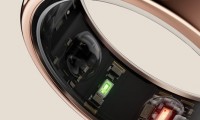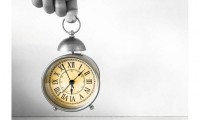-
Americans’ use of healthcare wearables expanding rapidly, survey says
- Source: drugdu
- 110
- June 16, 2023
-
Use of Digital Health Rises, but Wearables &Telemedicine Falls – Rock Health
- Source: MobiHealthNews
- 1,160
- August 29, 2018
-
How do Clinical Wearables Impact Patient Care and Quality of Life?
- Source: Hit Consultant
- 1,030
- April 10, 2018
-
Study shows wearables lack clinical impact, but researchers haven’t lost hope
- Source: FierceHealthcare
- 571
- January 18, 2018
-
FDA establishes new advisory committee to provide expertise on digital health
- Source: drugdu
- 206
- October 18, 2023
-
FDA Forms New Digital Health Advisory Committee to Cover Growing Role of Tech
- Source: drugdu
- 211
- October 17, 2023
-
Oura launches new social, sleep features as health tracker market continues to grow
- Source: drugdu
- 107
- June 11, 2023
-
New machine-learning method predicts body clock timing to improve sleep and health decisions
- Source: drugdu
- 123
- April 26, 2023
your submission has already been received.
OK
Subscribe
Please enter a valid Email address!
Submit
The most relevant industry news & insight will be sent to you every two weeks.













